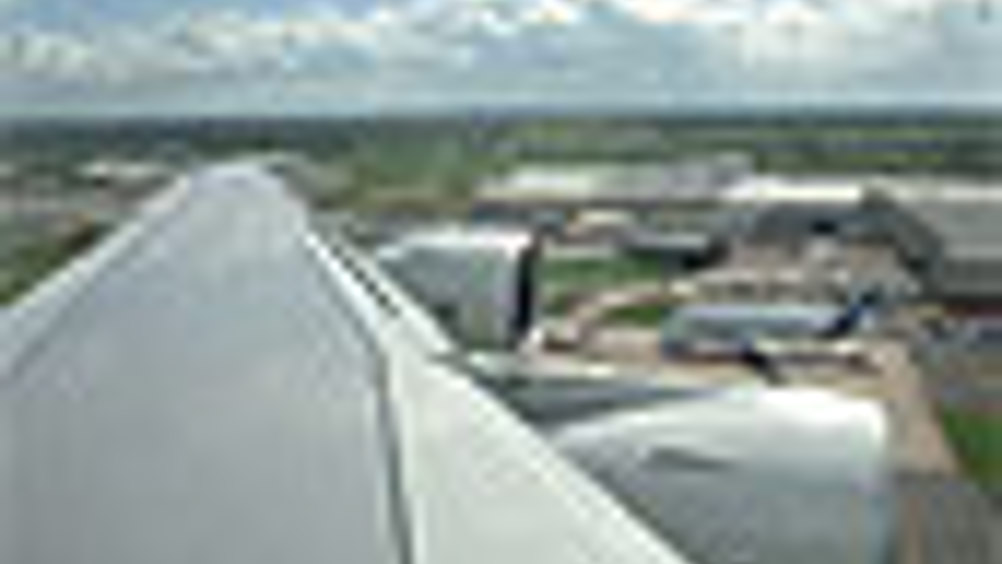Predicting the bump

A forecasting method could help pilots chart new courses around patches of rough but clear air that can cause the sudden bumpiness and violent plummeting of aircraft.
Commercial aircraft encounter severe turbulence about 5,000 times each year, and the majority of these occur 10,000ft above the Earth's surface. The new method gives pilots a way to avoid turbulence that is not associated with nearby thunderstorms or significant cloudiness.
To do so, it predicts energy associated with gravity waves - phenomena in the atmosphere that look like ocean waves but which can occur in clear air.
They can be created by air flow over mountains, frontal boundaries or other causes and result in what's known as Clear Air Turbulence (CAT).
But the type of gravity wave that John Knox, an assistant professor in the department of geography at the
Register now to continue reading
Thanks for visiting The Engineer. You’ve now reached your monthly limit of news stories. Register for free to unlock unlimited access to all of our news coverage, as well as premium content including opinion, in-depth features and special reports.
Benefits of registering
-
In-depth insights and coverage of key emerging trends
-
Unrestricted access to special reports throughout the year
-
Daily technology news delivered straight to your inbox










Water Sector Talent Exodus Could Cripple The Sector
Maybe if things are essential for the running of a country and we want to pay a fair price we should be running these utilities on a not for profit...